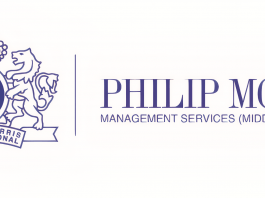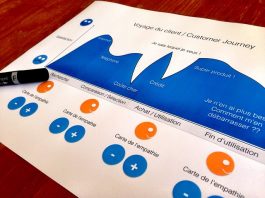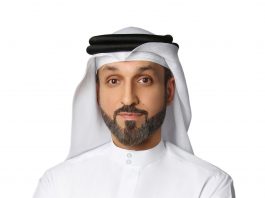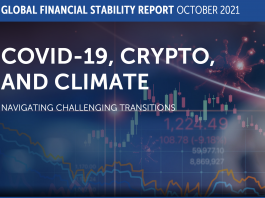While North America still accounts for the majority of global brand names, the shift in world finances brought about by the power of the emerging markets such as China, Brazil, India and the Middle East has a steadily increasing importance in denominating the new top names.
It’s no surprise that Apple is the most valuable brand, according to WPP’s BrandZ Top 100, but what is changing is the proportion of companies from emerging markets that make the list, with 19 per cent originating from China, Brazil, India and Russia.
And it is the expanding purchasing power of consumers in the emerging economies that is set to underpin the evolution of new international brands that will travel far and wide outside their countries of origin.
 For these new entrepreneurs, it is perhaps an easier transition from local to global powerhouse status than the journey undertaken in the past two decades by established Western brands which have ridden a rocky road in to the unknown as they targeted markets such as China, the Middle East and even Africa .
For these new entrepreneurs, it is perhaps an easier transition from local to global powerhouse status than the journey undertaken in the past two decades by established Western brands which have ridden a rocky road in to the unknown as they targeted markets such as China, the Middle East and even Africa .
One high flying example that is conquering the globe is Emirates, the Dubai-based airline that in just 27 years has established a network encompassing more than 120 destinations in 70 countries across six continents – and aims to become the first truly global airline, and the world’s largest by 2015.
Its physical expansion has been backed up by strategic marketing and branding that has included extensive sports sponsorship as well as a global campaign that focuses on a discovery theme that dovetails with expansion of routes.
The carrier’s recent launch of the global brand platform Hello Tomorrow, highlighting a theme to connect communities as part of Emirates’ aim to become a global lifestyle brand, is running in print, on TV, billboards in New York’s Times Square as well as digital channels.
More modestly, the Almarai group – a dairy company based in Saudi Arabia – is making moves outside of its Middle East base with a joint venture with PepsiCo covering operations in Asia, Africa and the Middle East.
The company which specialises in dairy products and fruit juices was ranked number one FMCG brand in Forbes’ Top 40 Arab Brands listing as far back as 2008, and was ranked as one of the top five brands to Go Global by the Financial Times.
A recent increase of its share capital by 74 per cent, rising to SAR4bn, has set the stage for Almarai to become a preferred brand name in emerging markets, a move underpinned by the Almarai-Mead Johnson collaboration which has established a unique international paediatric nutrition company aiming to promote health as well as just sales.
Another name with global connotations is Patchi, a brand from Lebanon established in 1974 by Nizar Choucair with a focus on chocolate as a luxury gift.
From just one shop, the company now has more than 140 outlets in 35 countries – although its products are currently only available online in North America.
The product range covers 40 varieties of chocolate but the essence of the Patchi pitch is individuality – on the website, the menu is listed on a dynamic build-your-box page where customers pick their favourites, including decorated chocolates that are styled to match celebratory occasions.
And, as a piece of marketing that went global, the company also tied up with Harrod’s to produce the world’s most expensive box of chocolates.
In a crowded marketplace, where Belgian and Swiss chocolates have reigned supreme, it is this commitment to luxury matched by quality and exclusivity that has turned a small boutique operation in to a global brand.
The lesson for the corporate world is that global success is not the preserve of the US any more, and as growth escalates in emerging markets, entrepreneurs from there will be hard at work developing their own innovative brands.
*By Tanita Sandhu, Global Brand Advisor, Soul of Brands












